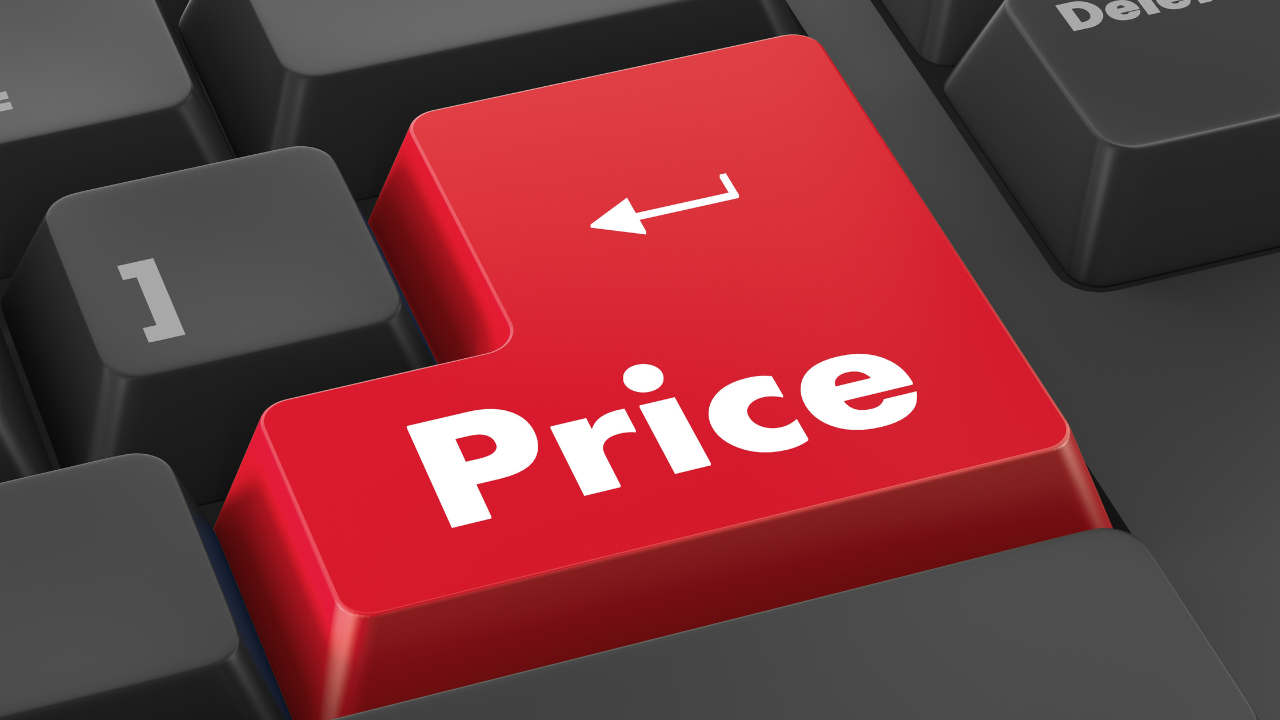
When you need to increase sales and profits, you may be tempted to discount your products—and you wouldn’t be alone! Many business owners assume that this is the fastest, easiest, and most effective way to increase sales and grow profits.
Perhaps you encounter a potential customer who brings a copy of your competitor’s ad to show you that their price is lower. Your first reaction might be to match their price. After all, you’re earning a new customer!
Nine times out of ten, however, these types of moves are the wrong moves.
What if I told you that you could take the exact opposite approach and boost your profits significantly?
Today, we’re going to look at the effects of discounting prices and price-matching, how they can negatively impact your sales and profits, and what you should do instead!
Discounting and Price-Matching: Profit-Killing Errors
Suppose that you earn a gross profit of 40% on a product and you want to increase sales. So, you decrease the product’s price by 10%—a relatively small discount, right?
After this seemingly small adjustment, however, you would need to increase sales by a whopping 33% just to match what you were initially making. Are you confident that a 10% discount would boost your total sales numbers by one-third?
Most business owners would consider this an unlikely bet, yet so many of them continue to slash their prices without realizing how dramatically it affects their sales and profit numbers.
These errors are known as profit killers, and you want to avoid making them whenever possible!
Raising Your Prices: A Profit-Boosting Solution
Raise your prices? It sounds ludicrous, yet it can have the opposite effect on your gross profits.
Far too often, business owners operate out of a scarcity mindset. I can’t possibly raise prices. I’ll lose half of my customers!
Will you actually lose customers if you raise your prices? Of course! Will you lose enough customers to offset your increased profits? Probably not.
Using the same 40% profit margin from our example earlier, suppose you increase your price by 10%. With these higher margins, you could lose up to 20% of your total sales—in other words, one out of every five customers—before you start losing any money at all.
With a 20% profit margin and 10% price increase, you would need to lose 33% of your total sales—or one out of every three customers—before you lose money!
The Problem with Prices
Business owners tend to obsess over prices and assume that it’s the only factor customers care about when purchasing a new product or service. If you operate this way, you ought to be very afraid whenever a new competitor emerges with a lower price.
The reality is that most customers are far more concerned with value—what one product or service delivers over another. If you want to grow a profitable business, you must design it in a way that customers are happy to pay for the added value you provide.
The very few customers who only care about price? Let your competitors have them.
Instead, consider pivoting from a price-focused business model to a value-focused business model. When you do this, you can create and increase perceived value, and raise prices without fear of being wiped out by the lowest bidder.
How Do You Create More Value?
There are all kinds of ways for you to create and increase perceived value:
- Improve the quality of your products.
- Improve the quality of your services.
- Deliver a better customer experience.
- Offer a longer (and better) warranty.
- Provide more convenient locations.
- Offer more convenient access to services.
Once you are able to create value, make sure you let your prospects, leads, and customers know about it. Rather than focusing on the price tag, convey all of the benefits that your products and services provide, and how they set you apart from the competition.
In other words, establish your unique selling position (USP). Put yourself in your customer’s shoes and ask the following question:
Out of all the choices I have, including the choice to do nothing, why should I buy from you?
Price is only important when all other things are equal.